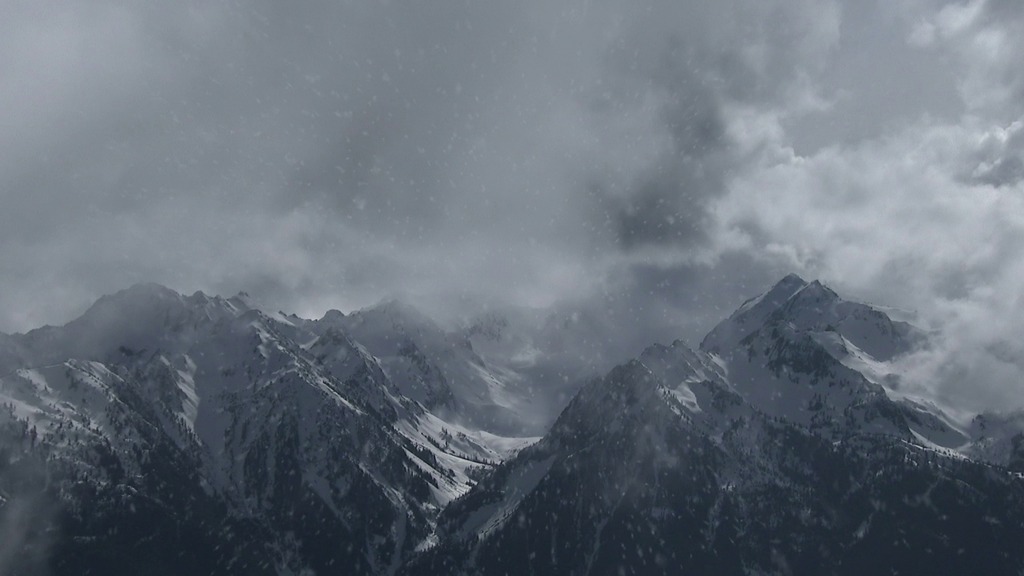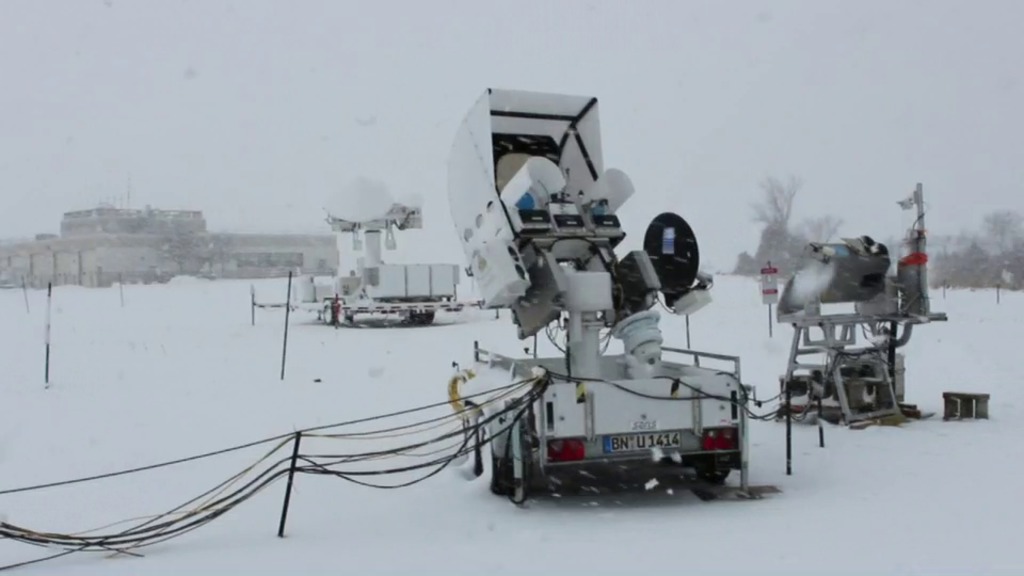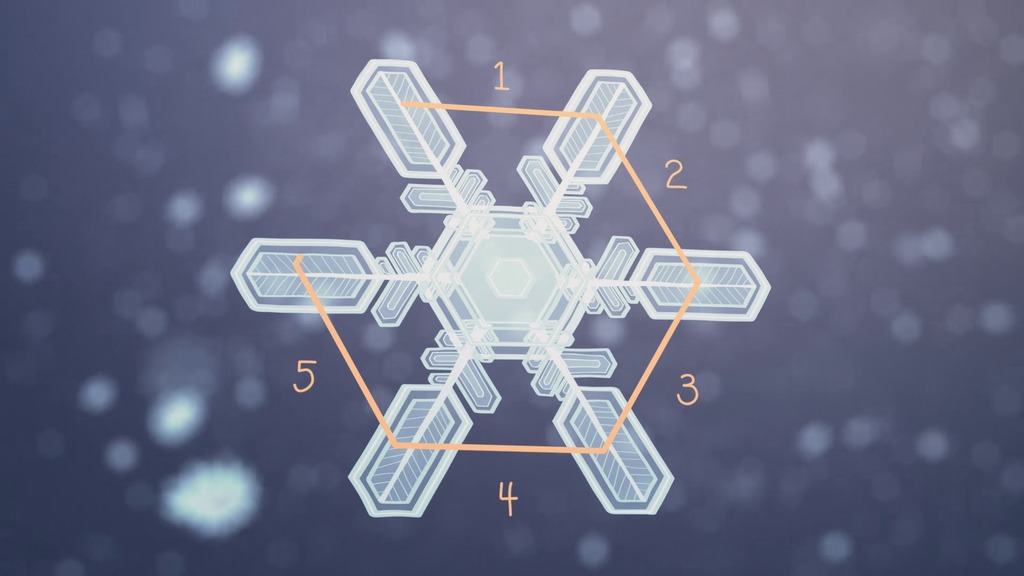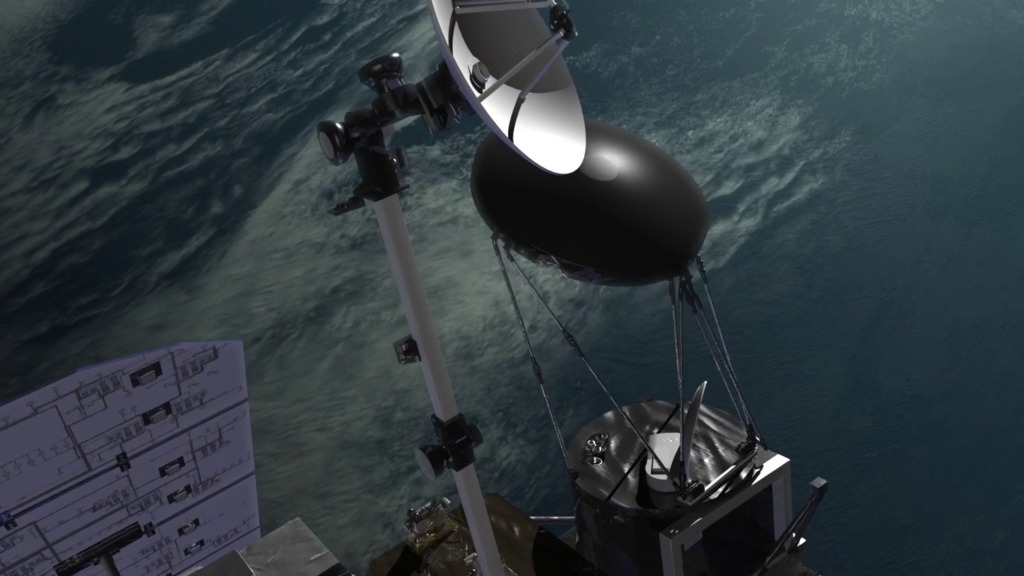NASA Studies Snow At The Winter Olympics
This Winter Olympics, NASA will be studying how well researchers can measure snow from the ground and space and provide better data for snowstorm predictions.
NASA will make these observations as one of 20 agencies from eleven countries in a project led by the Korean Meteorological Administration called the International Collaborative Experiments for PyeongChang 2018 Olympic and Paralympic Winter Games, or ICE-POP.
NASA.gov feature: NASA Seeks the Gold in Winter Olympics Snow
Complete transcript available.
Music credit: “Reach Into The Night” by Andrew Michael Britton [PRS], David Stephen Goldsmith [PRS], Mikey Rowe [PRS] and “Progressive Practice” by Emmanuel David Lipszyc [SACEM], Franck Lascombes [SACEM], Sebastien Charles Lipszyc [SACEM] From Killer Tracks
Watch this video on the NASA Goddard YouTube channel.
Drone footage captured of the Dual-frequency Dual-polarized Doppler Radar, or D3R, instrument in South Korea during the 2018 Winter Olympics. The D3R has been placed on the roof of the DaeGwallyeong Regional Weather Office to measure the quantity and types of falling snow, such as sleet or light and fluffy snow. The radar operates at very similar wavelengths to those used onboard the GPM Core Observatory to provide similar snow observations but from a different vantage point.
Credit: Aaron Dabrowski

The NASA-Unified Weather Research Forecast Model (NU-WRF) is one of five real-time research forecast models being used in ICE-POP. The animation is a NU-WRF model output that shows a snow event on Jan. 14, 2018 in South Korea. The left animation labeled "precipitation type" shows where rain, snow, ice, and freezing rain are predicted to occur at each forecast time. The right labeled "surface visibility" is a measure of the distance that people can see ahead of them.
A GIF Optimized for Twitter.

NASA's observations and experimental, real-time snow forecasts will be made at 16 different points near Olympic event venues every six hours and then relayed to Olympic officials. The NASA-Unified Weather Research Forecast Model (NU-WRF) is one of five real-time research forecast models being used in ICE-POP.
A GIF optimized for Twitter.

NASA's observations and experimental, real-time snow forecasts will be made at 16 different points near Olympic event venues every six hours and then relayed to Olympic officials. The NASA-Unified Weather Research Forecast Model (NU-WRF) is one of five real-time research forecast models being used in ICE-POP.

NASA deployed the Dual-frequency Dual-polarized Doppler Radar (D3R) system that measures the quantity and types of falling snow. The NASA instrument uses a team of Colorado State University engineers to support radar development, maintenance, and operations and will operate the radar during the Olympic and Paralympic games. The animation here shows the D3R rotating to change its viewpoint (motion is not in real time).
A GIF optimized for Twitter.

NASA deployed the Dual-frequency Dual-polarized Doppler Radar (D3R) system that measures the quantity and types of falling snow. The NASA instrument uses a team of Colorado State University engineers to support radar development, maintenance, and operations and will operate the radar during the Olympic and Paralympic games.
For More Information
See the following sources:
Credits
Please give credit for this item to:
NASA's Goddard Space Flight Center
-
Scientists
- Walt A. Petersen (NASA/GSFC Wallops)
- Bradley Zavodsky (NASA/MSFC)
- David B. Wolff (NASA/WFF)
- V. Chanddrasekar (Colorado State University)
- Ivan Arias Hernandez (Colorado State University)
- Shashank S. Joshil (Colorado State University)
- Mohit Kumar (Colorado State University)
- Alexander Morin (Colorado State University)
-
Engineers
- Manuel Vega (NASA/GSFC)
- Aaron Dabrowski (ASRC Federal Space and Defense)
-
Producer
- Joy Ng (USRA)
-
Writer
- Kasha Patel (NASA/GSFC)
-
Support
- Jacob Reed (Telophase)
- Patrick Lynch (NASA/GSFC)
-
Videographer
- Aaron Dabrowski (ASRC Federal Space and Defense)
-
Data visualizers
- Mike Taylor (SSAI)
- Joshua Stevens (SSAI)
Release date
This page was originally published on Thursday, February 8, 2018.
This page was last updated on Wednesday, May 3, 2023 at 1:46 PM EDT.
![Complete transcript available.Music credit: “Time Shift Equalibrium” by Ben Niblett [PRS] and Jon Cotton [PRS] from Killer Tracks MusicWatch this video on the NASA Goddard YouTube channel.](/vis/a010000/a012500/a012549/LARGE_MP4-12549_SnowExPlane_large.00378_print.jpg)
![Complete transcript available.Music credit: "Detective Analysis" by Laurent Dury [SACEM] from Killer Tracks Music](/vis/a010000/a012500/a012511/ERNSnowEx_YouTube.00083_print.jpg)




